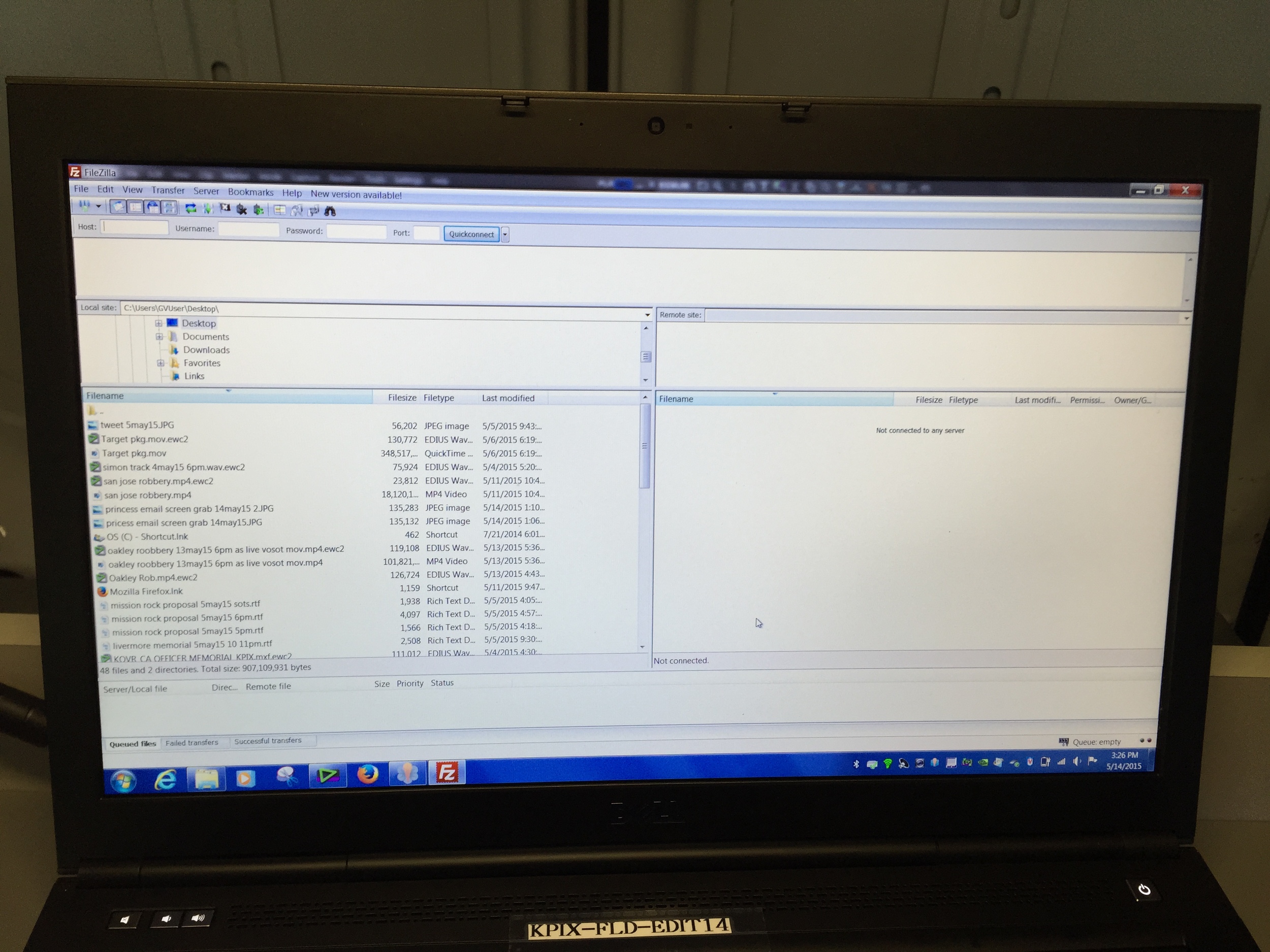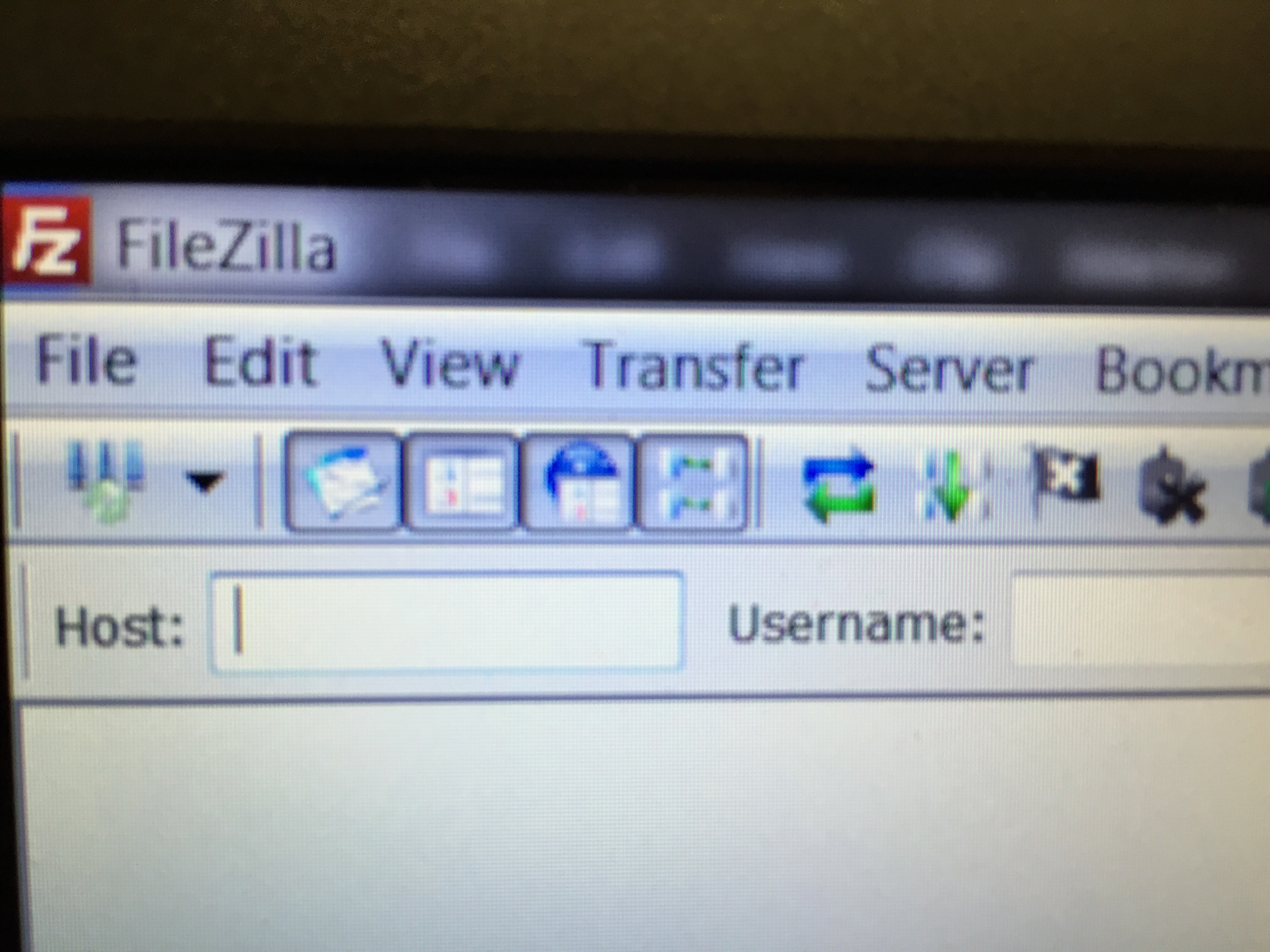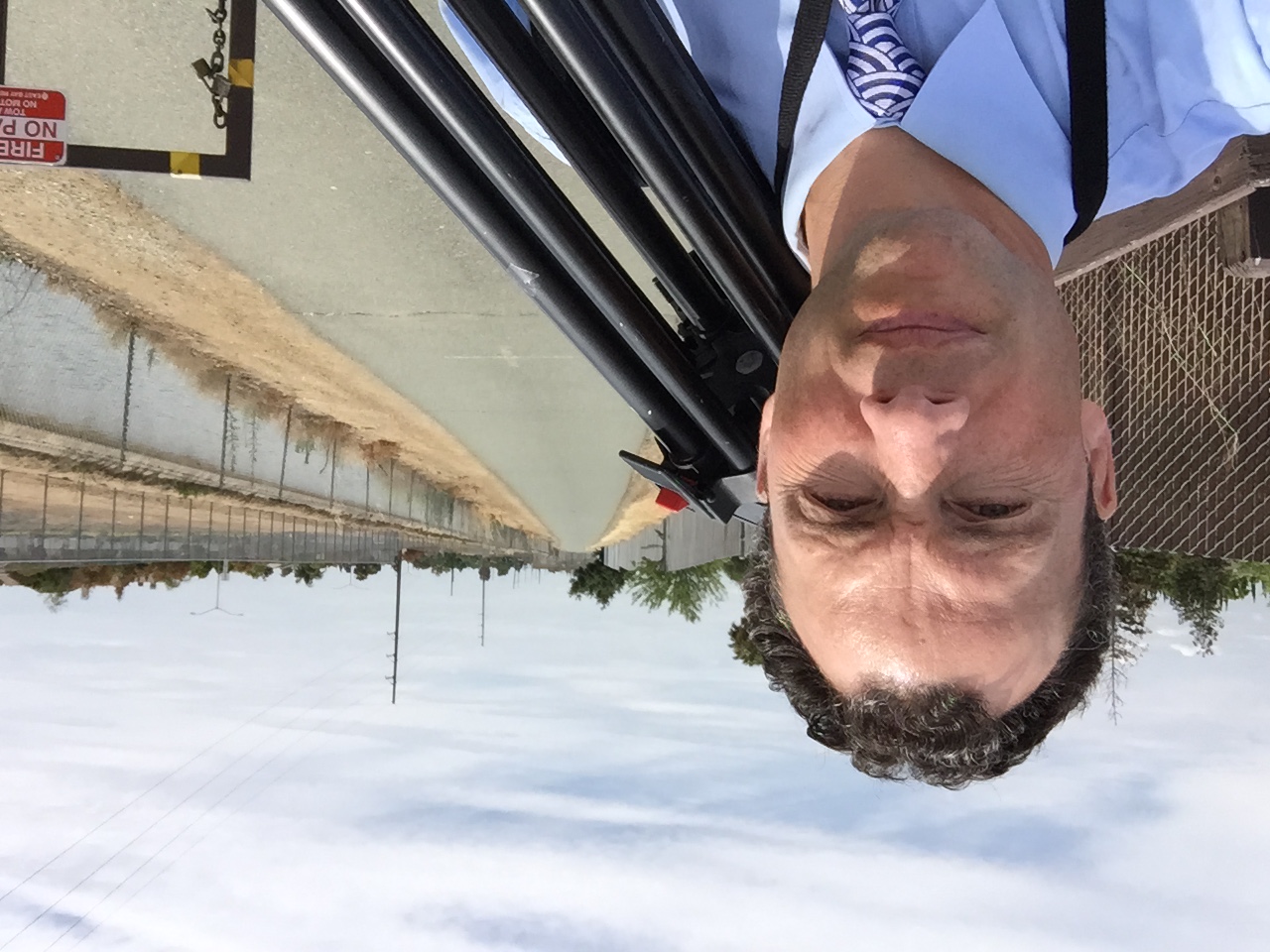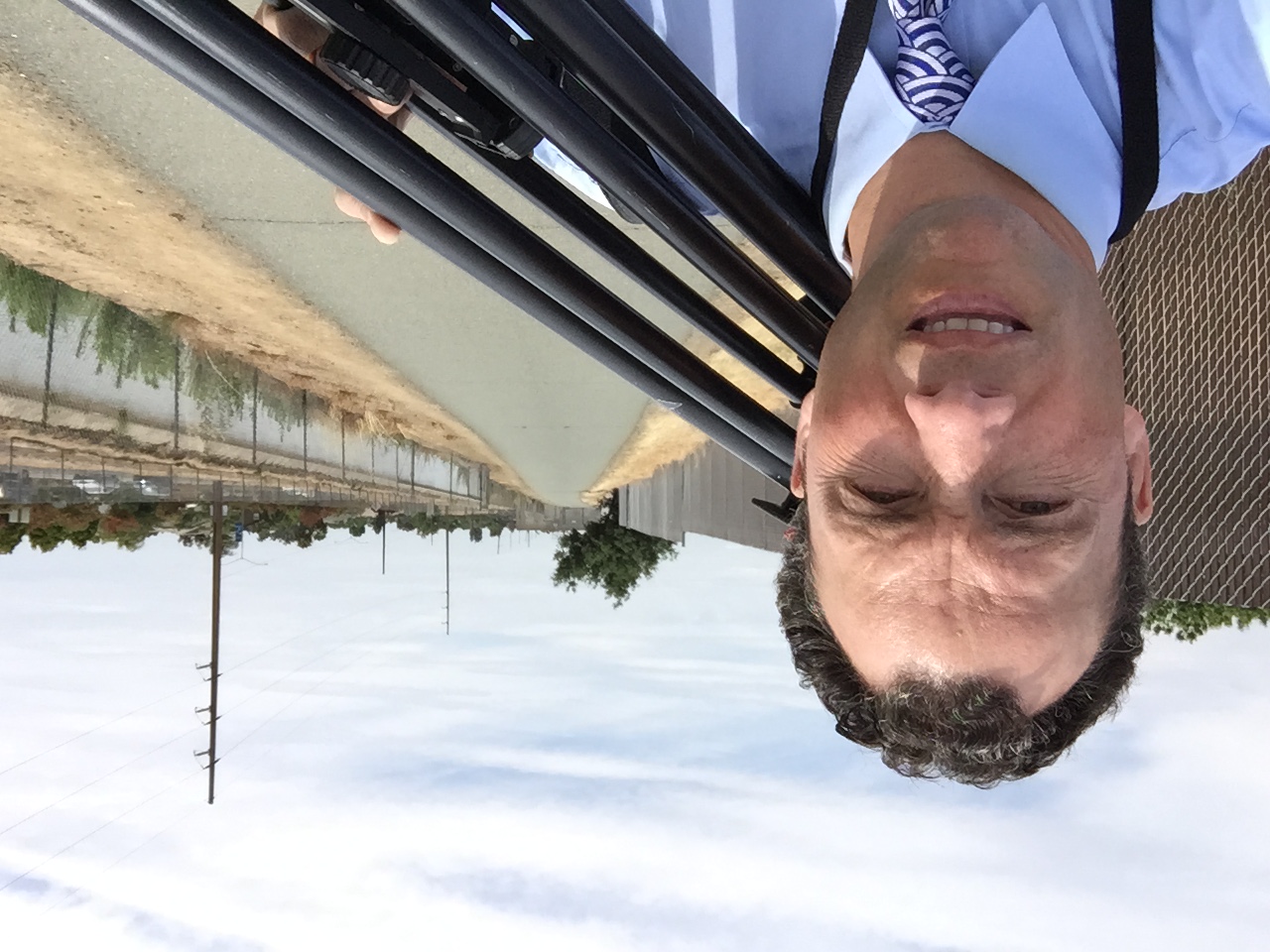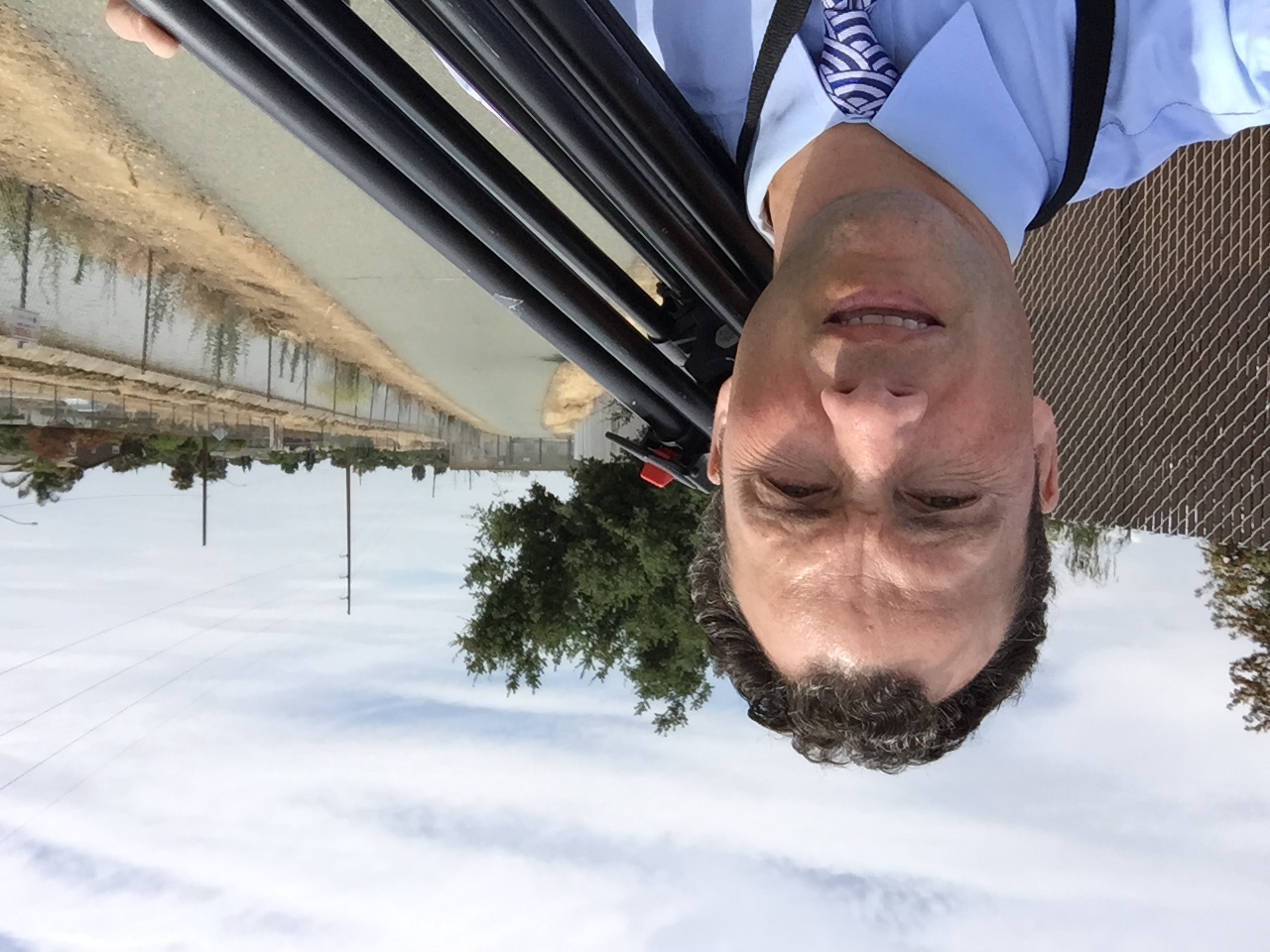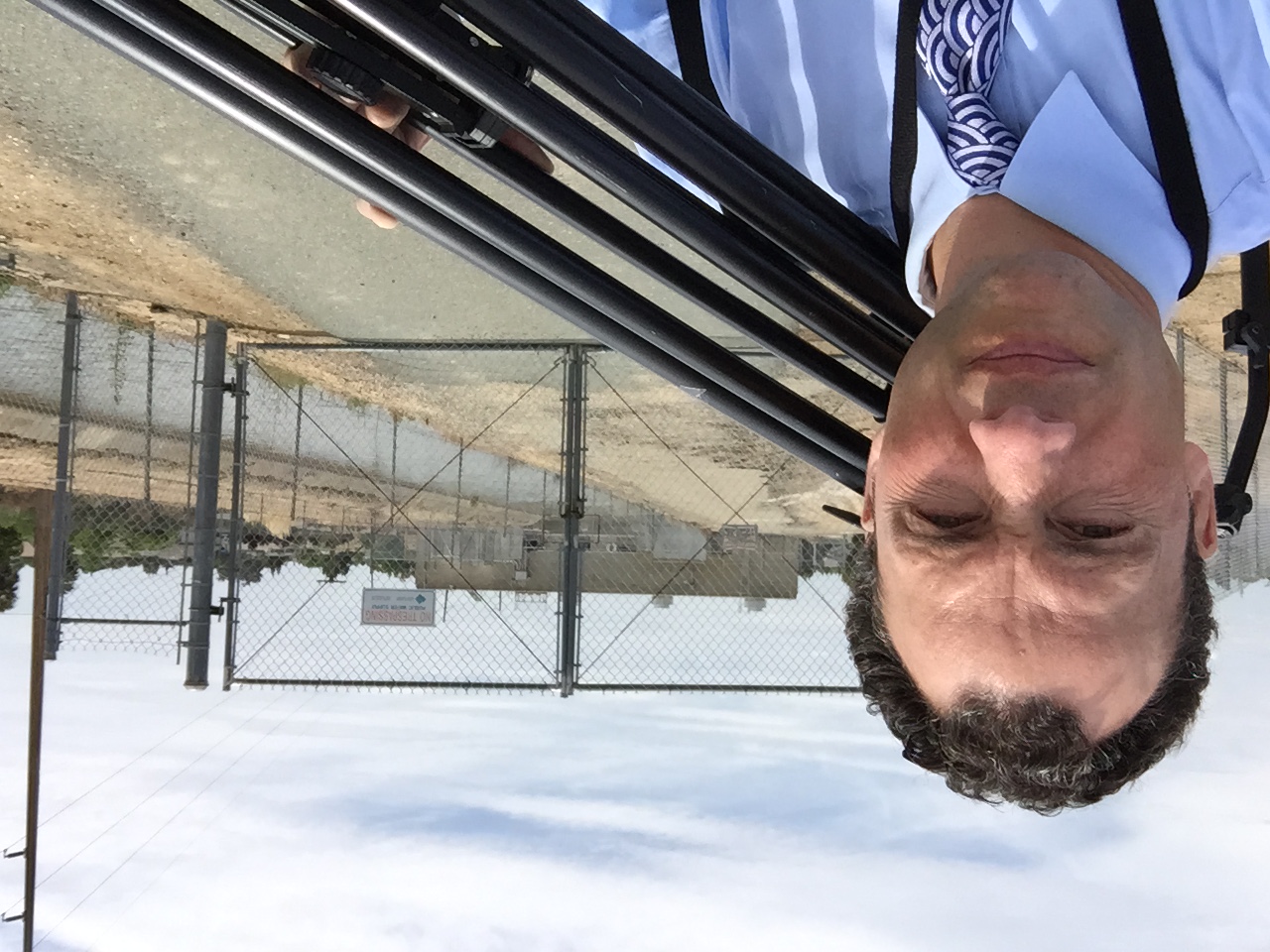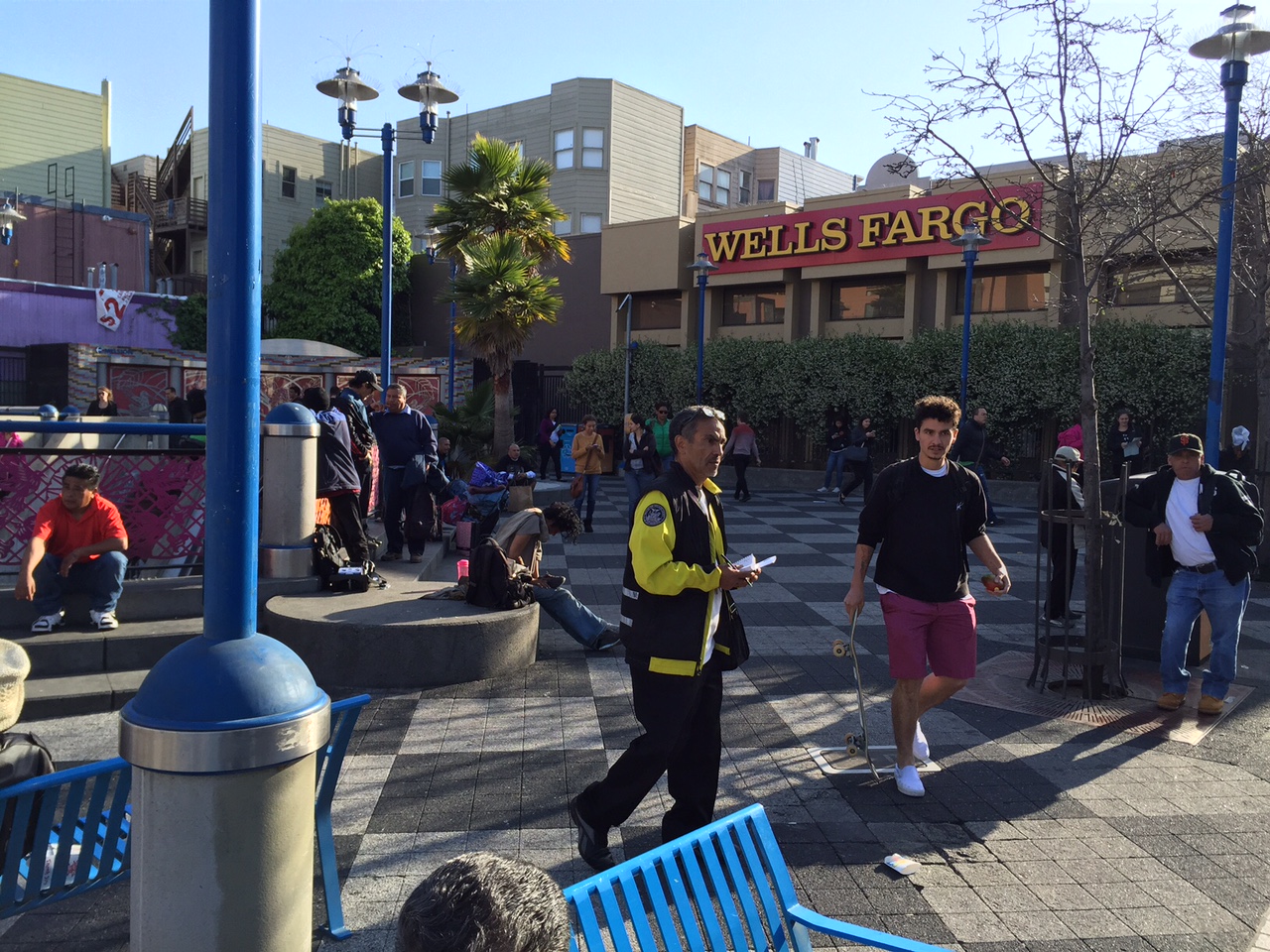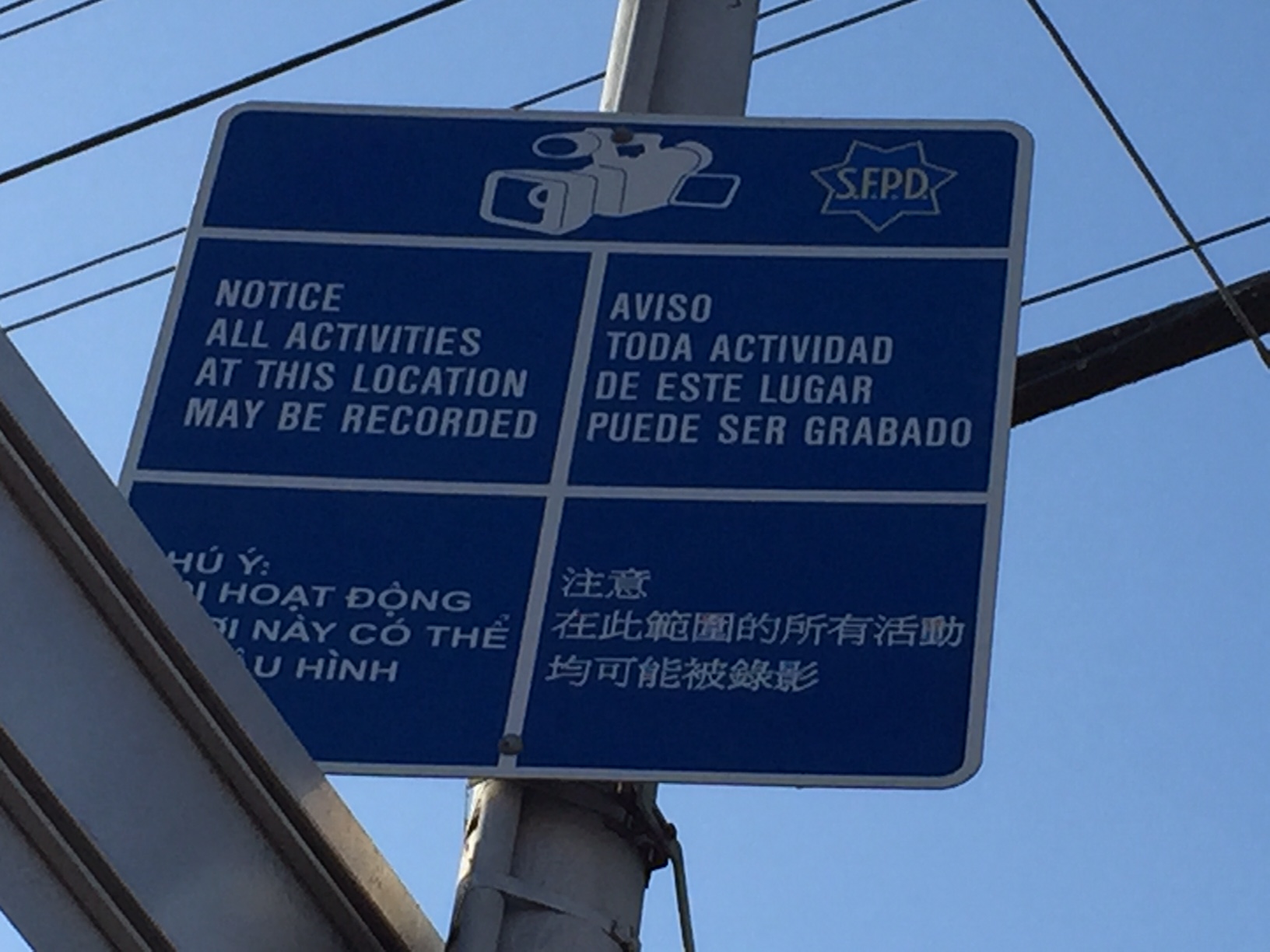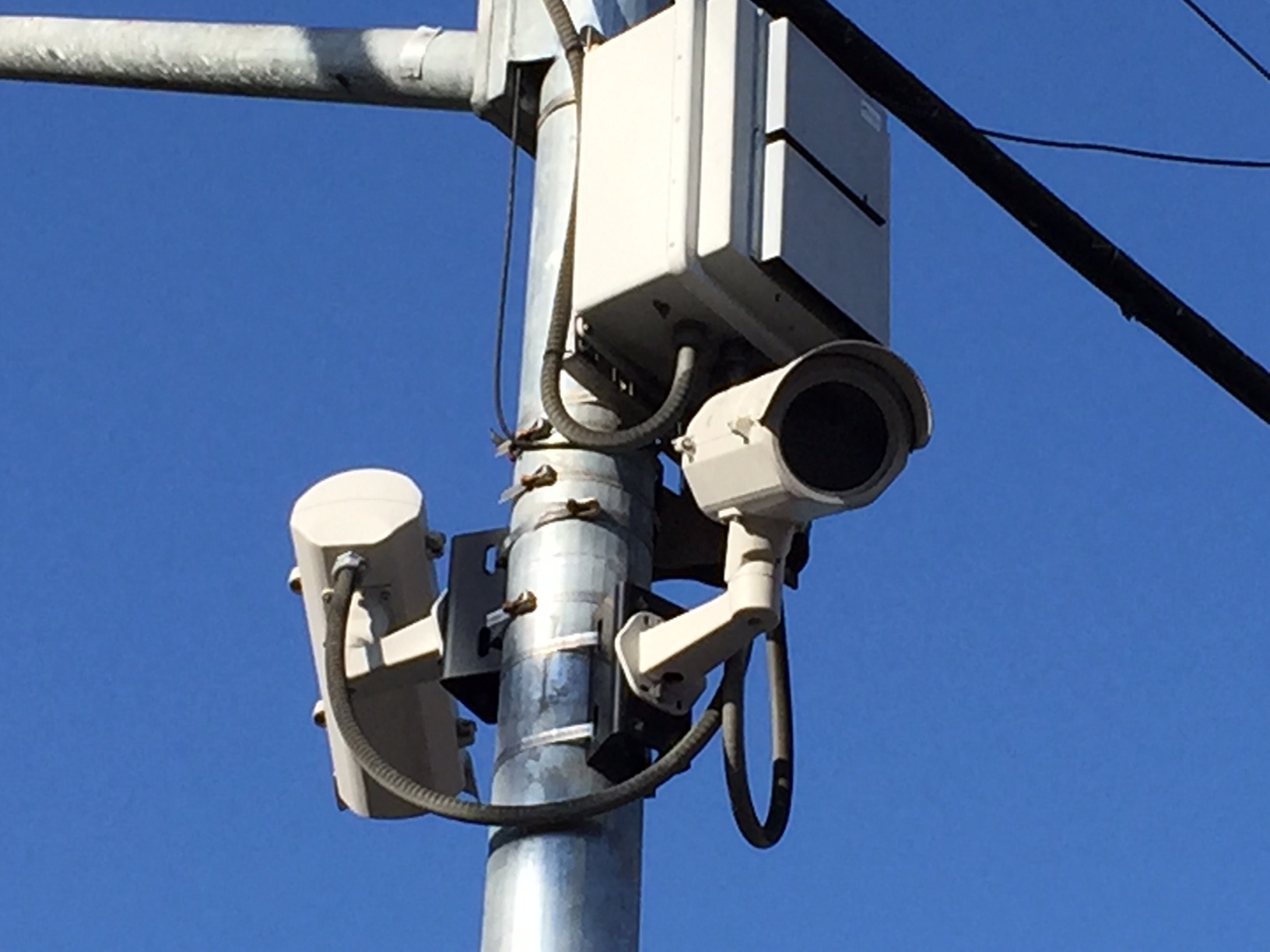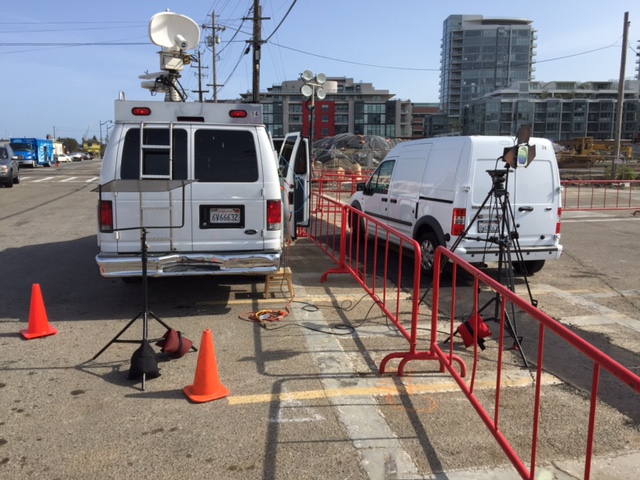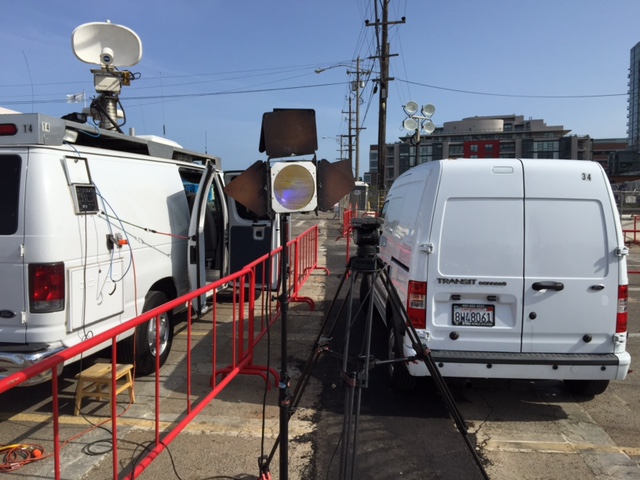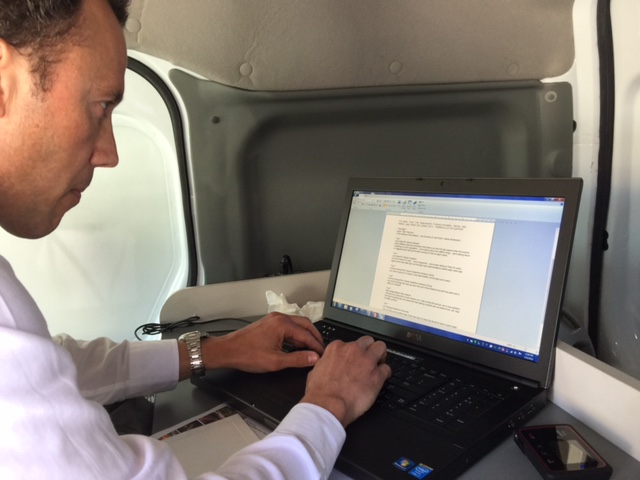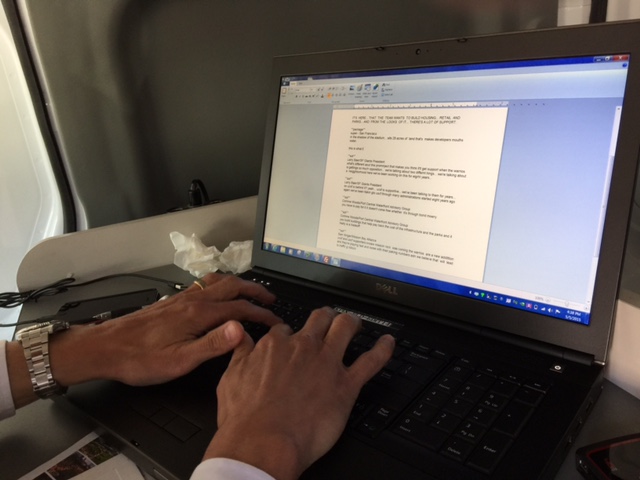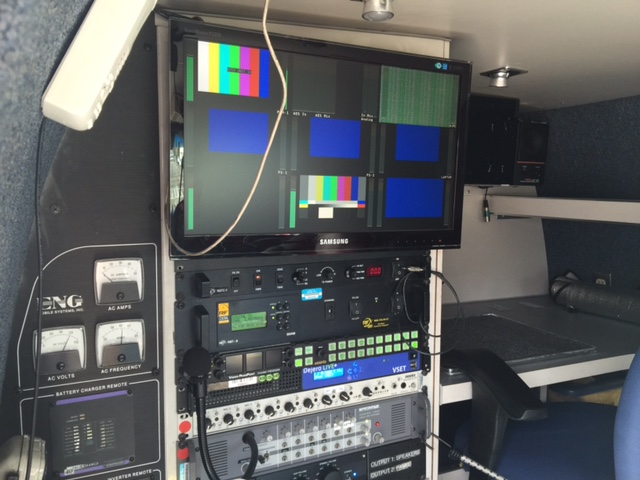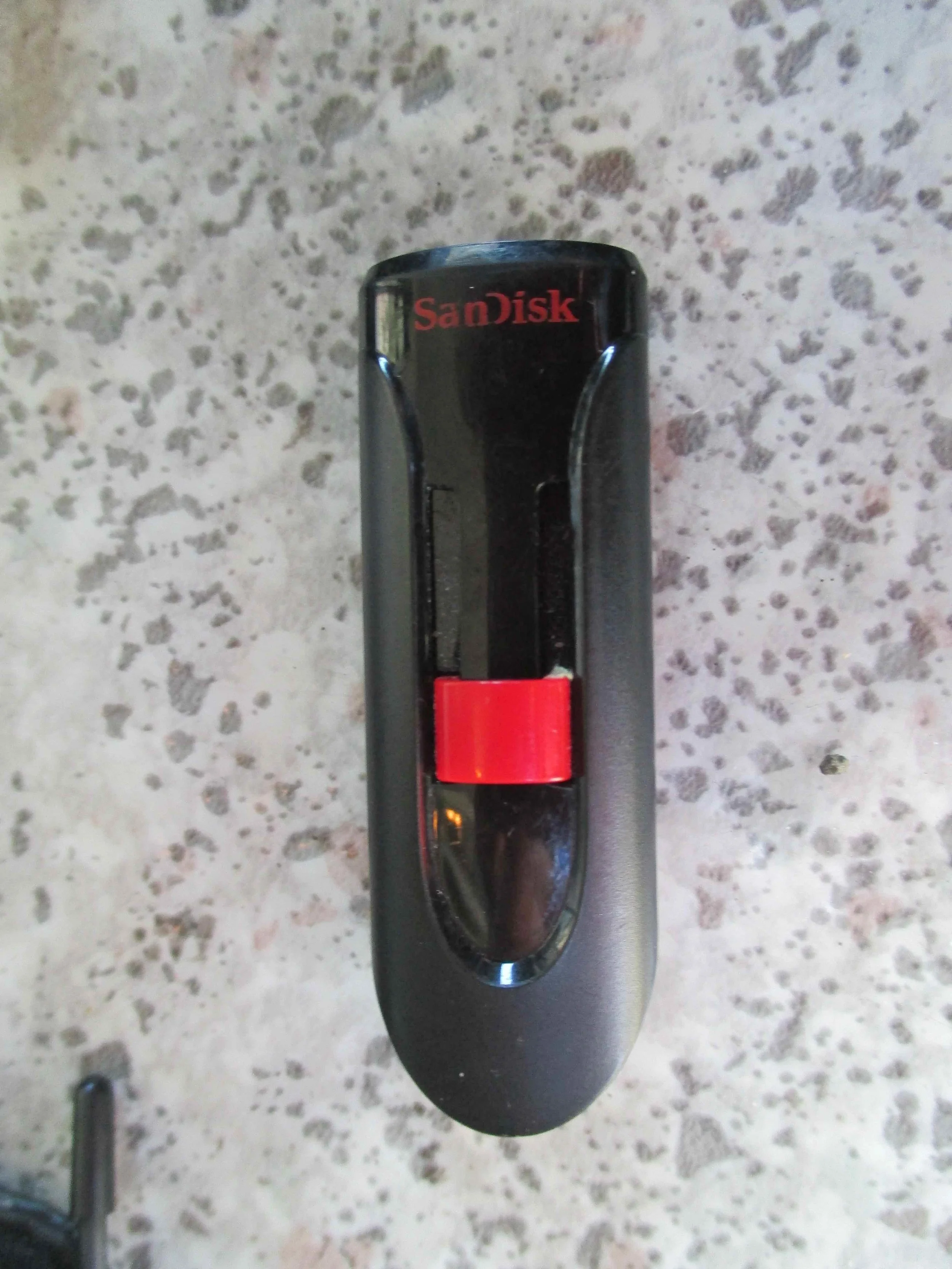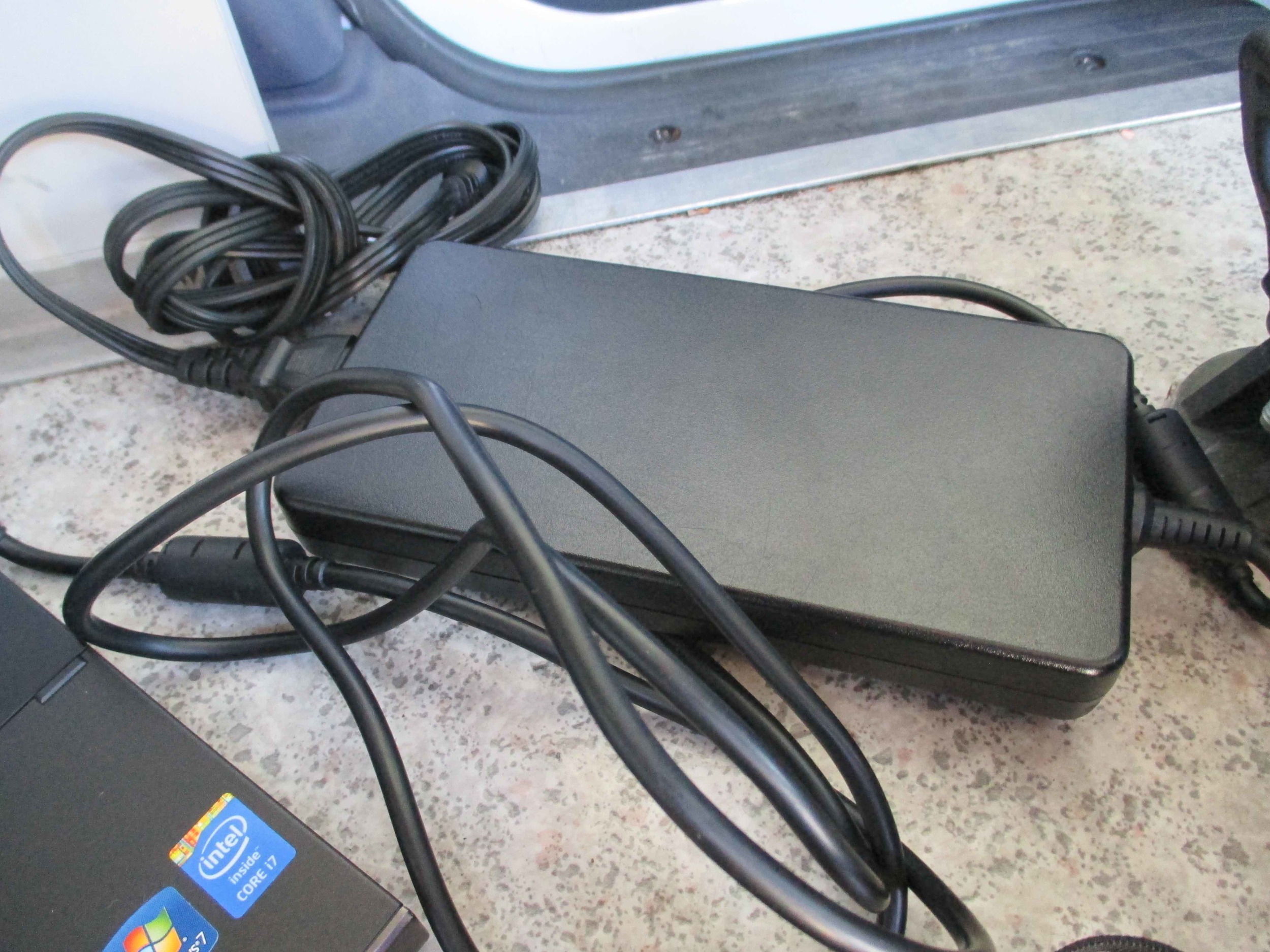Keep digging; you never know what you'll find
Today marks the end of my 2015 return to the newsroom and today's story was a fitting finale. An exclusive story that had pretty humble beginnings.
Last night, the nightside crew heard police scanner chatter about an arrest of a serial car burglar. Not all that interesting. But it happened around the corner from the station, so why not send a videographer to shoot it? Turns out, one of the generic arrest shots revealed the suspect had an Uber placard on his front windshield. Uber is the relatively new app that allows private drivers to work like taxis and pick people up and take them to their destinations. The company has had some bad press because of driver bad behavior. So a little digging into whether the Uber driver was also a car burglar could make for an interesting story.
Turns out, the car burglar was not an Uber driver; he had stolen the placard, too. Moreover, this was the first time the police had heard about a case like this. Apparently the guy would drive around slowly, pretending to be on the lookout for people needing a ride, when in fact what he was doing was scoping out cars he could break in to.
Now we've got a story!
So what began as "Just go shoot the cops arresting a serial car burglar" turned into an exclusive story about a brand new way for criminals to try to cover their tracks. The PR folks at Uber played ball and called me back in time to confirm the suspect was not part of their company. The San Francisco Police department played ball and confirmed this was the first they'd heard of such a ploy and would be on the lookout for it from now on.
While my initial assignment didn't have a lot of promise, the finished product (the lead story at 6pm) did have some heft and certainly told viewers something they didn't know.
Thinking back over the past two weeks, I'm reminded how dynamic the work of a TV reporter is. Varying schedules, levels of difficulty, pressure, story subjects, people to interview. It's hard, but interesting. A sample of the people I spoke to this week. Is there another job that would lead you to this variety?
For the story on expanding the ferry terminal in Sausalito.
For the story on tearing down I280 and re-routing Caltrain to build new housing.
For the story on the police officer who was memorialized 62 years after he died in the line of duty.
For the story about the Norovirus outbreak on the cruise ship. She was a boarding passenger.
For the story on Target moving in to a neighborhood full of mom-n-pop stores.
Takeaways:
- Don't underestimate the value of doing a little digging. What may appear to be mundane could in fact be unique and interesting.
- Take time every now and then to think about what you're doing and how the challenges come with the benefit of an absence of boredom.







